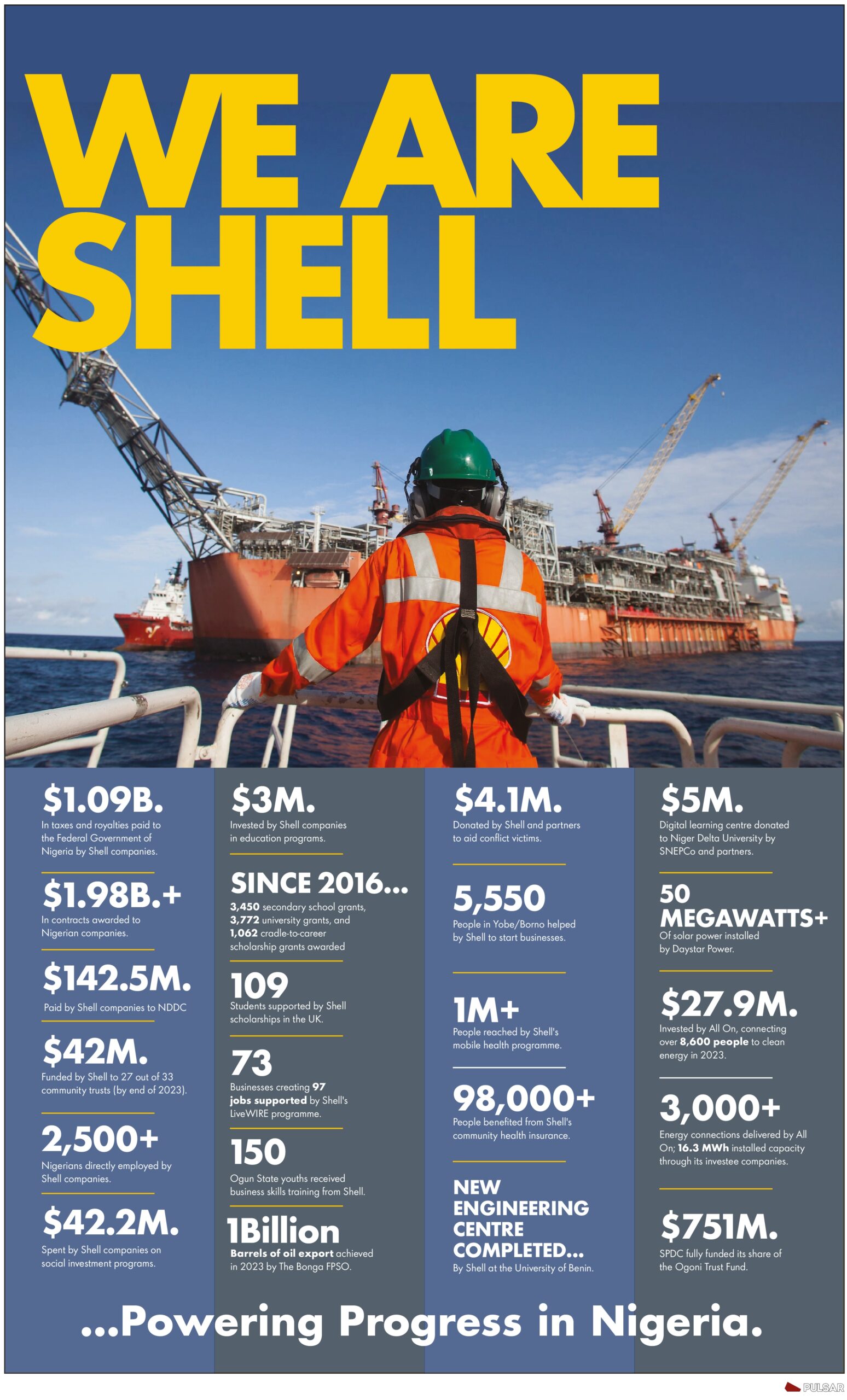While the number of Omicron cases is surging worldwide, oil demand defied expectations in 4Q21, rising by 1.1 mb/d to 99 mb/d. In 1Q22, demand is set for a seasonal decline, exacerbated by more teleworking and less air travel. We have raised our global demand estimates by 200 kb/d for 2021 and 2022 – resulting in growth of 5.5 mb/d and 3.3 mb/d, respectively – due to softer Covid restrictions. This is according to Oil Market Report
World oil supply in 2022 has the potential for a Saudi-driven gain of 6.2 mb/d if OPEC+ fully unwinds its cuts. Oil output from OPEC+ could rise this year by 4.4 mb/d, resulting in reduced effective spare capacity in 2H22 of 2.6 mb/d, held primarily by Saudi Arabia and the United Arab Emirates. Non-OPEC+ growth of 1.8 mb/d in 2022 will be led by the United States.
The global refining industry ended 2021 on a high note, with both runs and margins improving. Refinery throughputs averaged 79.8 mb/d in 4Q21, up 4.6 mb/d on a year ago. In 2021, global refining capacity fell for the first time in 30 years, by 730 kb/d, as new capacity was outweight by closures. In 2022, net additions are expected to amount to 1.2 mb/d, with runs forecast to gain 3.7 mb/d.
OECD total industry stocks declined by 6.1 mb in November, as rising crude and gasoline stocks were more than offset by draws in other products. At 2 756 mb, stocks were down 354 mb on a year ago and at their lowest level in seven years. Preliminary data for December show OECD industry stocks falling by another 45 mb while volumes of oil on the water rose.
Crude prices struggled under demand uncertainties in December before a vigorous post-holiday rebound. North Sea Dated rose from an average $74.01/bbl last month to $87.30/bbl on 18 January, its highest level since 2014. ICE Brent backwardation doubled, reflecting tight oil stocks.
Upward revisions to our demand estimates and a slightly lower outlook for world oil supply have tightened our balances for 2022, although they still show a 1Q22 surplus. Robust demand, unscheduled supply outages and strong stock draws in December pushed benchmark oil prices to seven-year highs. At the time of writing, Brent was trading at around $87/bbl and WTI at $85/bbl, up nearly $20/bbl from December lows.
Two years after first shaking markets, Covid-19 is once again causing record infections. But this time around, the surge is having a more muted impact on oil use. Indeed, mobility indicators remain robust and oil demand has been stronger than expected in recent months. As a result, we have revised up our 2021-22 demand estimates by 200 kb/d. World oil demand is now seen rising by 5.5 mb/d in 2021 and by 3.3 mb/d in 2022, returning to its pre-Covid levels of 99.7 mb/d. In 1Q22, demand is set for a seasonal decline, exacerbated by increased teleworking and reduced air travel.
As for supply, disruptions and production shortfalls by some OPEC+ members are tempering growth expectations for 2022. In December, world oil supply rose by a modest 130 kb/d to 98.6 mb/d, as outages in Libya and Ecuador and a smaller than scheduled increase from OPEC+ wiped out much of the expected growth. Producers taking part in the output deal delivered gains of 250 kb/d, well below the allocated amount, and were 790 kb/d lower than the group’s target. This shortfall was mostly due to under-production in Nigeria, Angola and Malaysia, all faced with technical and operational issues. Russia pumped below its quota for the first time since record cuts were enforced.
Even so, world oil supply is forecast to grow sharply this year, with the United States, Canada and Brazil set to pump at their highest ever annual levels. US oil output is forecast to rise by 1 mb/d on average, to 17.7 mb/d, as operators respond to higher prices by putting more rigs to work. Additionally, Ecuador, Libya and Nigeria are already ramping back up. Finally, Saudi Arabia and Russia could set records if remaining OPEC+ cuts are fully unwound. In this case, global supply would soar by 6.2 mb/d on average in 2022 compared with a 1.5 mb/d rise in 2021.
While the steady rise in supply could see a significant surplus materialise in 1Q22 and going forward, available data suggest that 2022 is starting off with global oil inventories well below pre -pandemic levels. A growing discrepancy between observed and calculated stock changes suggests demand could be higher or supply lower than reported or assumed. Moreover, higher output would also result in lower OPEC+ spare capacity. By the second half of the year, effective spare capacity (excluding Iranian crude shut in by sanctions) could shrink from around 5 mb/d currently to below 3 mb/d – most of it held by Saudi Arabia and the United Arab Emirates. If demand continues to grow strongly or supply disappoints, the low level of stocks and shrinking spare capacity mean that oil markets could be in for another volatile year in 2022.
The IEA Oil Market Report (OMR) is one of the world’s most authoritative and timely sources of data, forecasts and analysis on the global oil market – including detailed statistics and commentary on oil supply, demand, inventories, prices and refining activity, as well as oil trade for IEA and selected non-IEA countries
